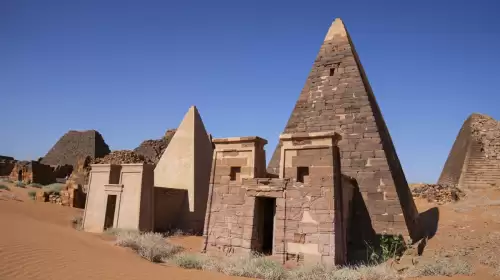The Transformation of Roman and Byzantine-era Tombs into a Necropark
Ongoing archaeological excavations in Hisardere, Bursa, have unveiled significant discoveries from the Roman and Early Byzantine periods, turning the site into a future necropark. The area, previously a necropolis from the 2nd to the late 5th century, is now set to showcase ornate sarcophagi through casts in the upcoming park.
Excavations Uncover Rich History
Led by a team from Dokuz Eylül University, the excavations that began in 2018 have revealed relief sarcophagi, terracotta chamber tombs adorned with unique frescoes, hypogea, burial gifts, skeletons, and even a basilica with mosaic flooring. The site, once an olive grove, has provided a wealth of historical artifacts.
Preservation Efforts and Future Plans
Anthropologists are meticulously studying the skeletons found at the site, while artifacts are being displayed at the Hisardere Hall in the İznik Museum. Once the transformation into a necropark is complete, visitors will have the opportunity to explore burial traditions and tomb typologies from the era.
Discoveries of Unique Sarcophagi
Professor Aygün Ekin Meriç, the scientific coordinator of the excavation, highlighted the discovery of sarcophagi named after various figures and the uncovering of terracotta-plated chamber tombs dating back to the third century. The excavation also unveiled family tombs unique to İznik.
Unveiling a Fifth-Century Basilica
The team identified a mosaic floor belonging to a fifth-century basilica, the largest of its kind in İznik. This basilica, built atop the necropolis, served as a cemetery church without disrupting the sarcophagi. Plans are in place to fully reveal the mosaic as excavation work progresses.
Preservation of Burial Typologies
In addition to sarcophagi, hypogea, and stone-slab tombs, the excavation brought to light burial traditions specific to the Bithynia Region. Meriç emphasized the importance of preserving the burial typologies without alteration, showcasing the rich history of the area.
Future of the Necropark
Meriç expressed the team's goal of completing the excavation of the entire 10-hectare area and opening it as an open-air necropark for visitors. The site will exhibit a range of sarcophagi, reflecting the wealth and diversity of burial practices during the Roman Empire and Early Byzantine periods.






